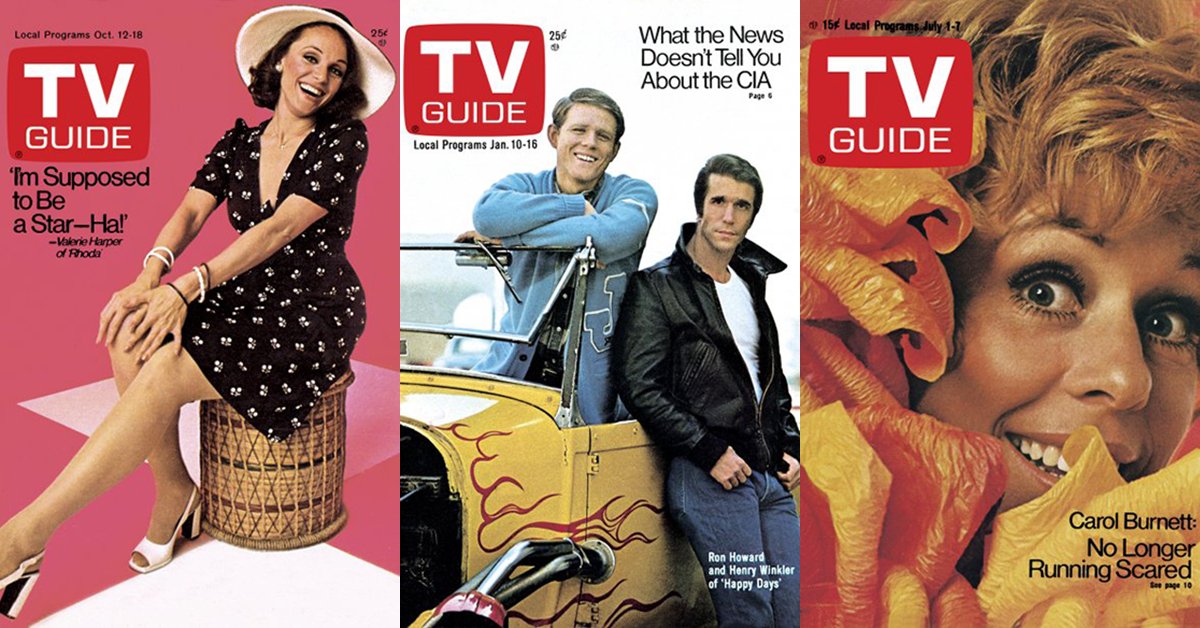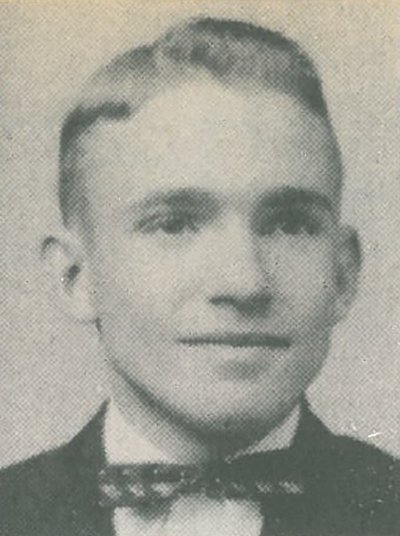WHEN TV TALKED SENSE
THE COUNTRY OF TELEVISION — 1970s — In the wake of its “wasteland” days, TV had grown up a little. “All in the Family,” “The Jeffersons,” and PBS brought the Boob Tube from kindergarten into, say, middle school. But only one man asked us to think.
Dick Cavett, a critic wrote, is “a true sophisticate with a daunting intellectual range.” But Cavett hated “that awful name—the worst thing you can be called in television — an intellectual.” The New Yorker got it right. Cavett was “a creature of show business, witty, entertaining, and interested in everything.”
A half-century ago, back when all TV went off the air at 1 a.m., Dick Cavett was “the thinking man’s talk show host.” For 90 minutes each “late-night,” he enticed viewers who had grown weary of the same old parade of celebrities, comics, and pitchmen.
Cavett’s guest list might not wow Millennials, but most of his guests had never been seen on TV. Marlon Brando. Katharine Hepburn. Orson Welles. Sophia Loren and Marcello Mastrioanni. Ingmar Bergman and Jean Luc-Godard. . .
And the writers: Allen Ginsburg, Lillian Hellman, John Cheever, Eudora Welty, John Updike,. . .
And then there were the rock stars. Hendrix. Janis. Eric Clapton. George Harrison. Paul Simon. Joni Mitchell. Even John and Yoko.
“I guess the reason we feel we’d like to do this,” John told Cavett when they met, “is that you are the only halfway intelligent talk show on television.” Cavett replied, “Are you sure you want to be on a show that’s halfway intelligent.” Charmed just like Cavett’s other instant friends — Woody Allen, Stan Laurel, and Groucho — John signed on. The boy from the Midwest just had a way about him.
The son of school teachers, Cavett grew up in Nebraska, not far from his rival late-night host, Johnny Carson. An amateur magician and state champion gymnast, Cavett went off to Yale in the mid-Fifties. But he was less interested in study than in show biz. Starstruck, he began hanging around Broadway backstages.
Brief stints onstage went nowhere, so Cavett became a copy boy at Time. One day he read that “Tonight Show” host Jack Paar needed jokes for his monologue. Cavett dashed off a dozen one-liners and headed for NBC. There, he ran into Paar in a hallway, handed him the jokes, then watched from the studio audience as they made it into the monologue. By chance, he saw Paar again in the elevator. “He said, ‘You want to write? Send something.’ I did, and I got the job.”
“If there is a heaven,” Cavett later wrote, “it will be an anti-climax.”
Cavett wrote for Paar, then Carson. He did stand-up for a year — at Mr. Kelly’s and the hungry i. Spotted by ABC, he was offered a daytime show. Other talk shows hosted the usual stars and starlets but Cavett opened with architect Buckminster Fuller. Soon he hosted James Baldwin, Gore Vidal, Muhammad Ali. To the amazement of TV moguls, people tuned in, not out.
Then three nights before the Sixties careened to an end, “The Dick Cavett Show” debuted at 11:30 p.m. on ABC.
“Kid,” Jack Paar told him, “I’ve only got one piece of counseling for you. Don’t do interviews.” When Cavett seemed confused, Paar said, “don’t just do interviews, pal. Make it a conversation.”
And there was so much to talk about. As Vietnam gave way to Watergate, as culture became counterculture, America was in upheaval. Cavett brought the turmoil to television, spiced it with wit, and made TV that mattered.
You never knew what strange bedfellows would turn up. Hosting Georgia governor Lester Maddox, Cavett also invited football star Jim Brown. Brown made Maddox look silly. Cavett joked about Georgia, and Maddox walked off the set. Watch.
On one show — Bette Davis and Truman Capote. On another — Salvador Dali, Lillian Gish, and Satchel Paige. Cavett kept the conversation going, even when it turned sour.
CAVETT: “Perhaps you’d like two more chairs to contain your giant intellect.”
NORMAN MAILER: “Why don’t you just look at your question sheet and ask your question.”
CAVETT: “Why don’t you fold it five ways and put it where the moon don’t shine?”
When scandal surrounded the White House, “Johnny Carson dipped his toe into Watergate,” the New York Daily News wrote. “Dick Cavett did a cannonball into the pool.” As the intrigue deepened, Cavett hosted almost all the president’s men, plus reporters Woodward and Bernstein, and heads of the Senate Watergate committee. Nixon was not amused.
“Is there any way we can screw him?” Nixon asked. Cavett is mentioned 26 times on the White House tapes. His entire staff was audited by the IRS.
But if, as H.L. Mencken quipped, “no one ever went broke underestimating the intelligence of the American people,” the opposite is also true. And Cavett, the darling of “the thinking viewer,” struggled with ratings. In 1974, he was cut to two shows a month. The following year he was gone.
“The Dick Cavett Show” came to PBS for five years, but then cable TV took the wasteland back to the sandbox. Cavett did cameos on sitcoms, narrated documentaries, and did occasional revival shows.
Come the new century, Cavett recaptured those years in weekly columns for the New York Times. These “sweated out pieces” reveled in namedropping, yet Cavett knew more names than Bartlett’s Familiar Quotations.
Now in his late-80s, Cavett was surprised when his old show became a YouTube hit. Since 2018, his YouTube channel has had nearly 150 million hits.
“To revisit ‘The Dick Cavett Show,’” the New Yorker wrote, “is to enter a time capsule—not just because of Cavett’s guests . . . but because Cavett’s free-flowing yet informed interviewing style is all but absent from contemporary television.”
How we long today for “conversation.”













